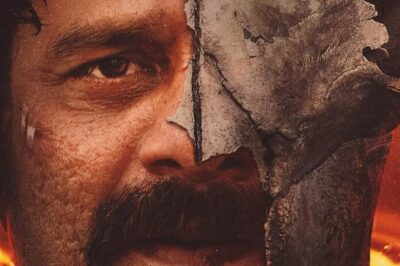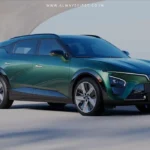
Key Highlights:
- India unveils a 25-tonne light tank, designed for mountain warfare, expected to be inducted by 2027.
- Developed by Larsen & Toubro and DRDO under Project Zorawar, the tank will undergo rigorous trials in various terrains.
- Equipped with advanced technologies including AI, drone integration, and active protection systems.
Introduction:
In a significant milestone for India’s defense manufacturing sector, a new light tank designed for high mobility and rapid deployment in mountainous regions has been unveiled. This 25-tonne tank, developed jointly by Larsen & Toubro (L&T) and the Defence Research Development Organisation (DRDO) under Project Zorawar, is set to bolster the Indian Army’s capabilities along the contested Line of Actual Control (LAC) with China. The tank is expected to be ready for induction by 2027 after undergoing extensive trials.
Development and Capabilities:
The tank was developed from scratch within two years to meet the Indian Army’s requirement for 354 light tanks. According to officials, it is designed to operate in challenging conditions along the LAC with minimal logistical support. The tank will be tested in summer and winter trials in both desert and mountain environments over the next two years.
DRDO chief Samir V. Kamat reviewed the first prototype at L&T’s Hazira facility in Gujarat, where the tank demonstrated basic maneuvers. The tank is capable of amphibious operations, can be transported by air, and is designed to fire at high angles of elevation, enabling it to perform limited artillery roles.
Technological Advancements:
The Zorawar tank will incorporate cutting-edge technologies such as artificial intelligence, drone integration, active protection systems, and superior situational awareness. The platform’s modular design allows for future upgrades, ensuring it remains at the forefront of military technology.
Historical Significance and Strategic Importance:
The tank is named after General Zorawar Singh, a legendary figure who led the Dogra forces to multiple victories in Ladakh and Tibet between 1834 and 1841. This naming underscores the tank’s intended role in enhancing India’s strategic capabilities in high-altitude frontiers.
Background and Context:
The need for light tanks became apparent during the ongoing military standoff with China in eastern Ladakh. The Indian Army has deployed heavier Russian-origin T-72 and T-90 tanks in the region, which, while formidable, are not ideally suited for high-altitude operations. The new light tank, costing approximately ₹17,500 crore, is expected to fill this capability gap.
In December 2022, the Defence Acquisition Council greenlit the light tank project as part of defense procurement worth ₹84,328 crore, aimed at enhancing the combat potential of the armed forces with new military hardware.
Future Prospects:
According to the army’s requirements outlined in a 2021 request for information, the light tank must be versatile enough to operate in diverse terrain conditions and address various threats. It is envisioned as a lethal, survivable platform with significant mobility advantages in high-altitude regions. The tank’s multi-layered protection, precision firepower, and real-time situational awareness will provide the army with multiple options for rapid operational deployment.
Conclusion:
The unveiling of the Zorawar light tank represents a significant advancement in India’s military capabilities, particularly in the context of mountain warfare. With its advanced features and strategic design, the tank is poised to play a crucial role in enhancing the Indian Army’s operational effectiveness along the LAC and beyond. As India continues to invest in local defense production, the Zorawar tank stands as a testament to the country’s growing self-reliance in defense technology.









































Leave a Reply